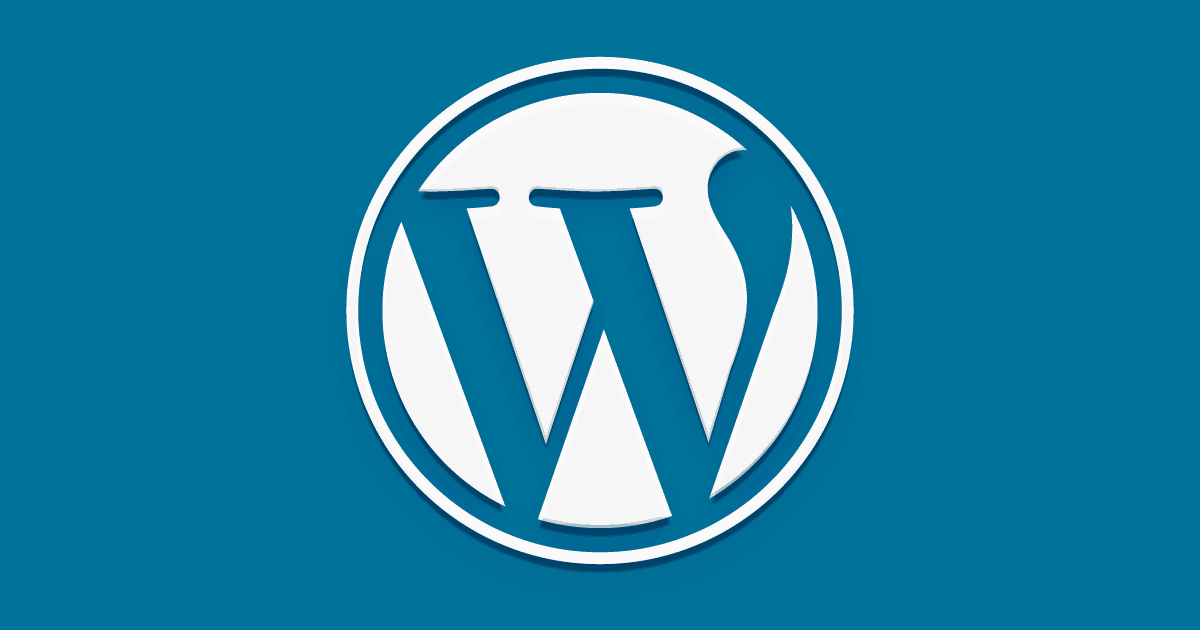Do you upload images to WordPress by the drag and drop method without doing image optimization? Interestingly, image optimization can improve the site’s performance by speeding its load time. On the other hand, sites with unoptimized images create a domino effect. That is why you need to utilize the WordPress image optimizer plugin for your WordPress site.
Why Use Image Optimizer?
The necessity of image optimization for your WordPress site emphasis on following facts:
- The site’s load time improves and users open the website within seconds.
- The site’s Google PageSpeed score increases and so as your site rankings.
- Your site receives better exposure to new traffic online.
- The site garners more leads with a low bounce rate.
- The site utilizes less storage and resources from the servers.
- You can save your money with a smaller bandwidth used.
Overall, your website performance improves, providing a better user experience to the site visitors. Now, let’s find out how you can find the best WordPress gallery plugin with only 10 steps!
Step 1: Fix a Budget
Are you all set to upload your portfolio images to the studio site? Instead of uploading unoptimized images, it’s time to invest in an image optimization plugin. Different image optimizer plugins come at different prices, depending on the services they offer and several other factors. While some plugins have monthly pay-out plans, some offer annual plans. First, fix your budget for the plugin. Now, see which plugin option covers all your requirements within budget.
Step 2: Easy Installation Process
Make sure that the Image Optimization Plugin has an easy installation process. In case you don’t have any idea about how to install, follow the user guide while installing the plugin in the system. Otherwise, you can take assistance from the customer support team.
Step 3: WordPress Integration
WordPress keeps getting software updated frequently. So, it is often seen that many WordPress image optimizer plugins fail to integrate with the latest WordPress version upgrades. While choosing an image optimizer plugin, you must ensure that it supports the latest WordPress version integration. Also, check if the plugin itself receives frequent updates or not. Otherwise, you will be stuck with a plugin that is of no use.
Step 4: Support Multiple File Formats
Before you buy a plugin, check if the plugin supports multiple image file formats or not. Why? It’s possible that the plugin doesn’t support the file format of your portfolio images. What happens then? So, choose a plugin that supports follow most-used file formats:
- JPG/JPEG images (common file format of digital camera images).
- PNG for line-art and text-heavy images.
- GIF for storing iconic graphics, texts, and line drawings.
Step 5: Offline & Online Mode Of Operation

Check if the WordPress image optimizer can do image compression in both offline and online modes. In this way, it will compress bulk images offline while keeping your WordPress site unaffected. In case there is a few images that need immediate optimization, you can use the plugin online and upload the optimized image within minutes.
Ste 6: Image Optimization Services
The WordPress gallery plugin must do image optimization in both methods: lossy compression and lossless compression. So, if you’re installing an image compression plugin, make sure that it can do image compression in both methods. Also, check the compressed image quality to ensure that it doesn’t downgrade the original image quality.
Step 7: Features of Image Optimizer
Here are a few features that the WordPress image optimizer should have:
- Automatic image compression based on image size and quality
- File type conversion to support all file formats
- Capability to optimize animated GIFs
- Reduces image’s payload time to get the best visual quality
Step 8: Keeps Backups
What happens when the image oplizer fails to compress your portfolio images in the desired measures? So, the plugin should keep top-quality backups of the original images before tampering the image resolution and image size. Check if the image optizer comes with automated backup facility or not!
Step 9: Social Media Integration
The WordPress gallery plugin should have flexibility to allow you post the complessed/optimized images on social media like Facebook, Instagram, Twitter, etc. So, check if the plugin supports social media integration and improve your site’s reach via social media.
Step 10: 24/7 Customer Support Facility
As a first-time user, you might face difficulties to understand how to use the WordPress image optimizer. So, the plugin should come with 24/7 customer support facility so that you can contact the customer support team anytime you want!
Summing Up:
Now, you know the easy steps that you can follow to find the best WordPress image optimizer plugin for your WordPress site, it’s time to make a decision. Considering your site requirements, choose a WordPress plugin that will make the image optimization process easier and simpler for you, like FooPlugin!



